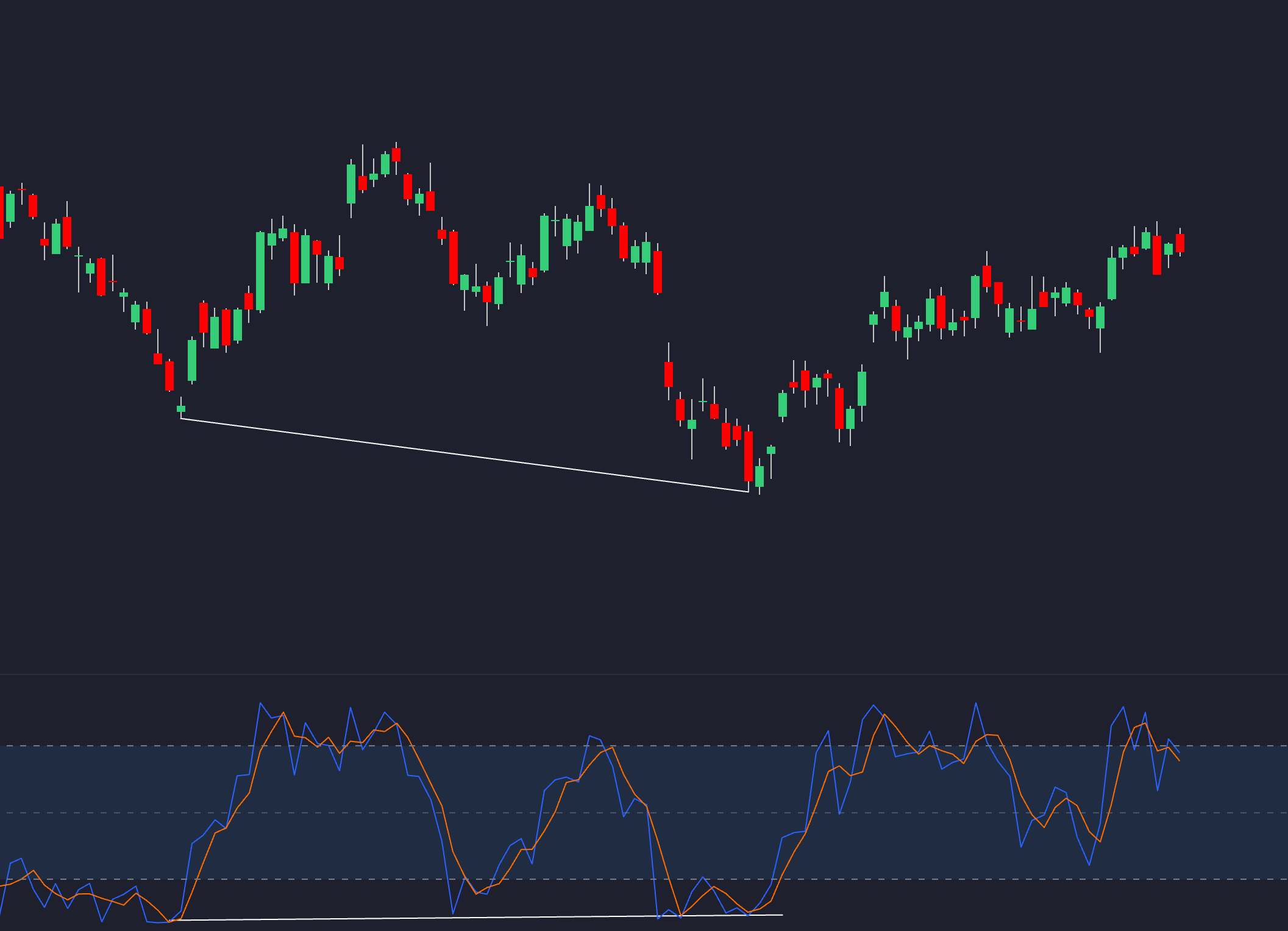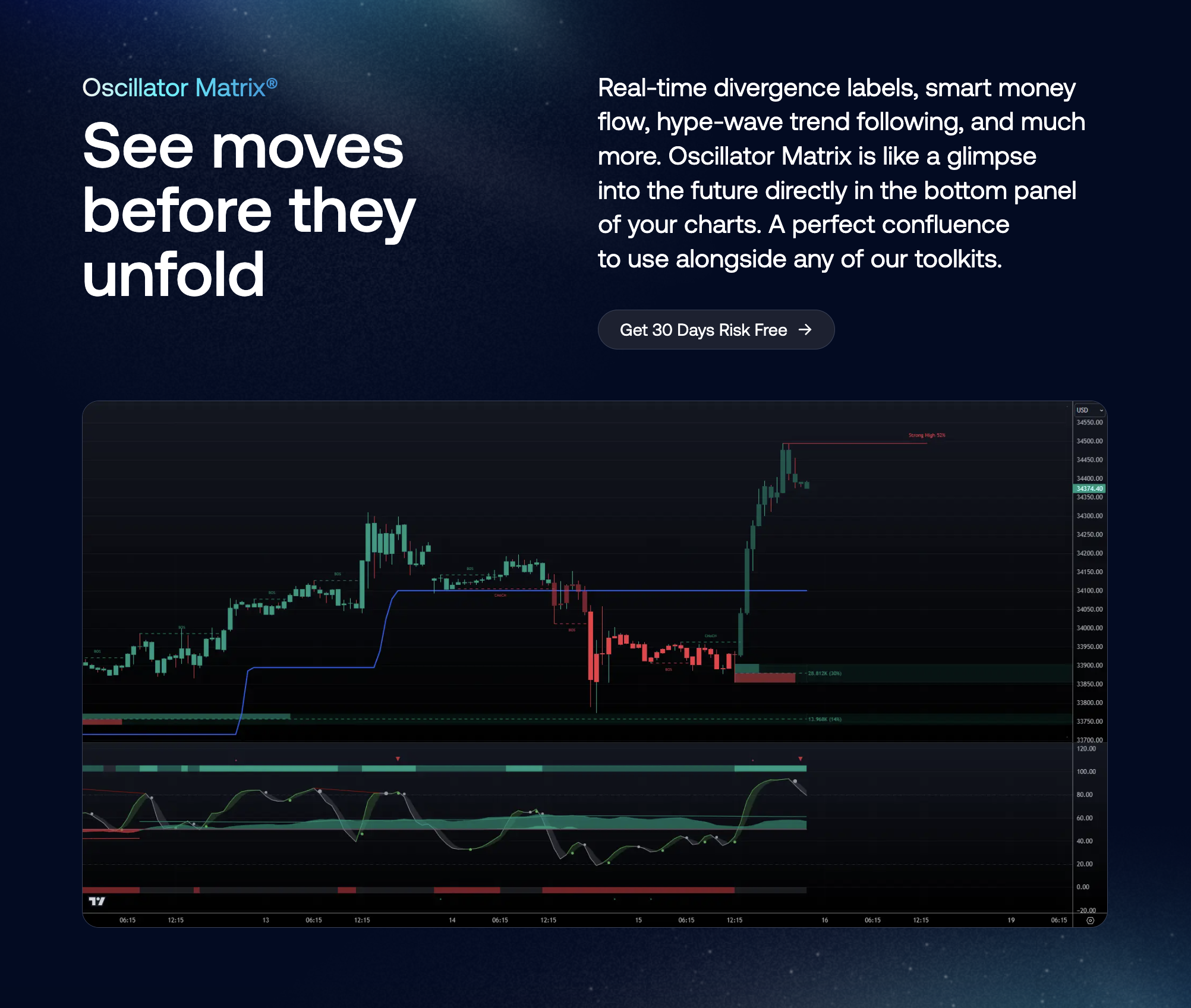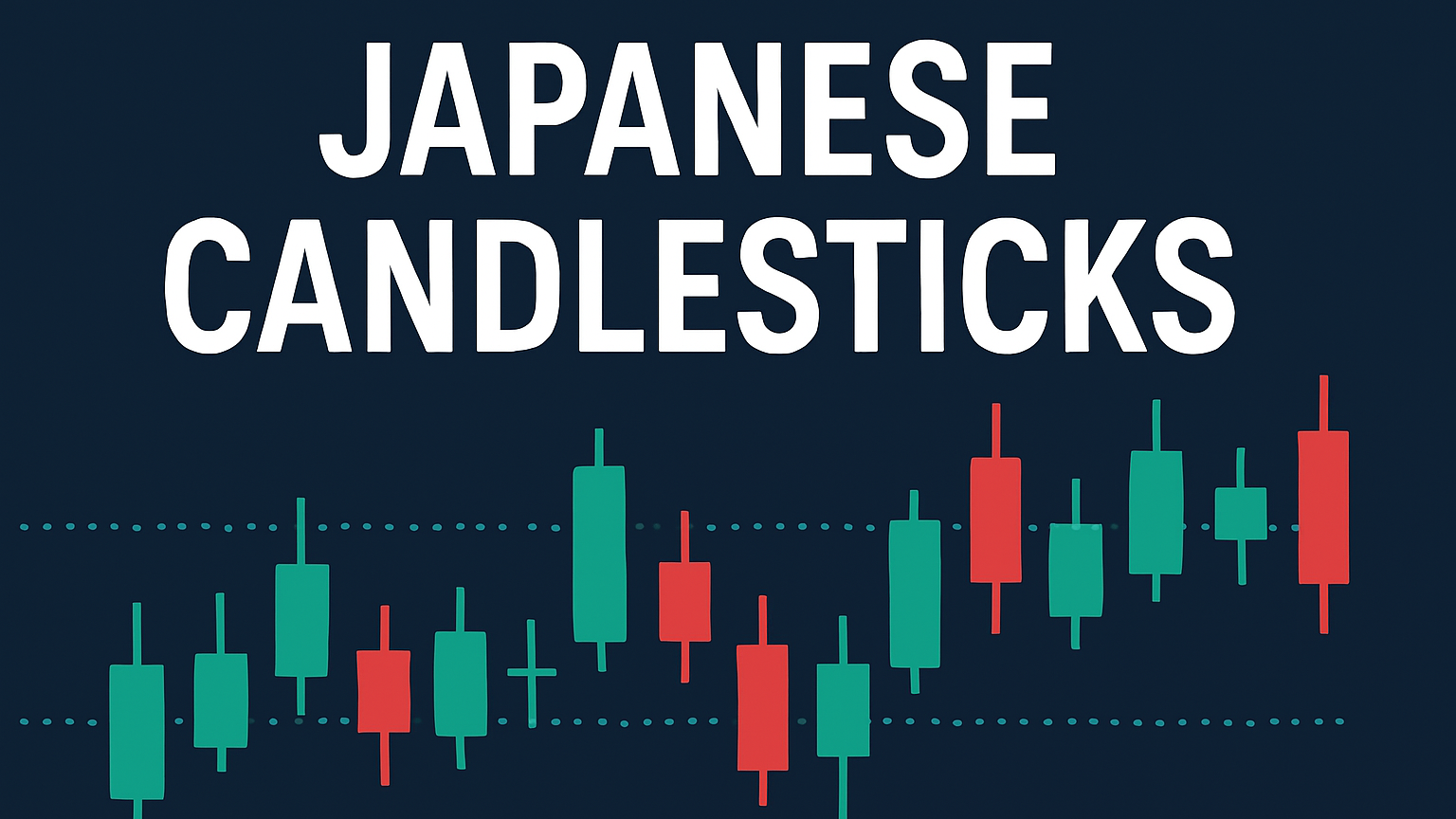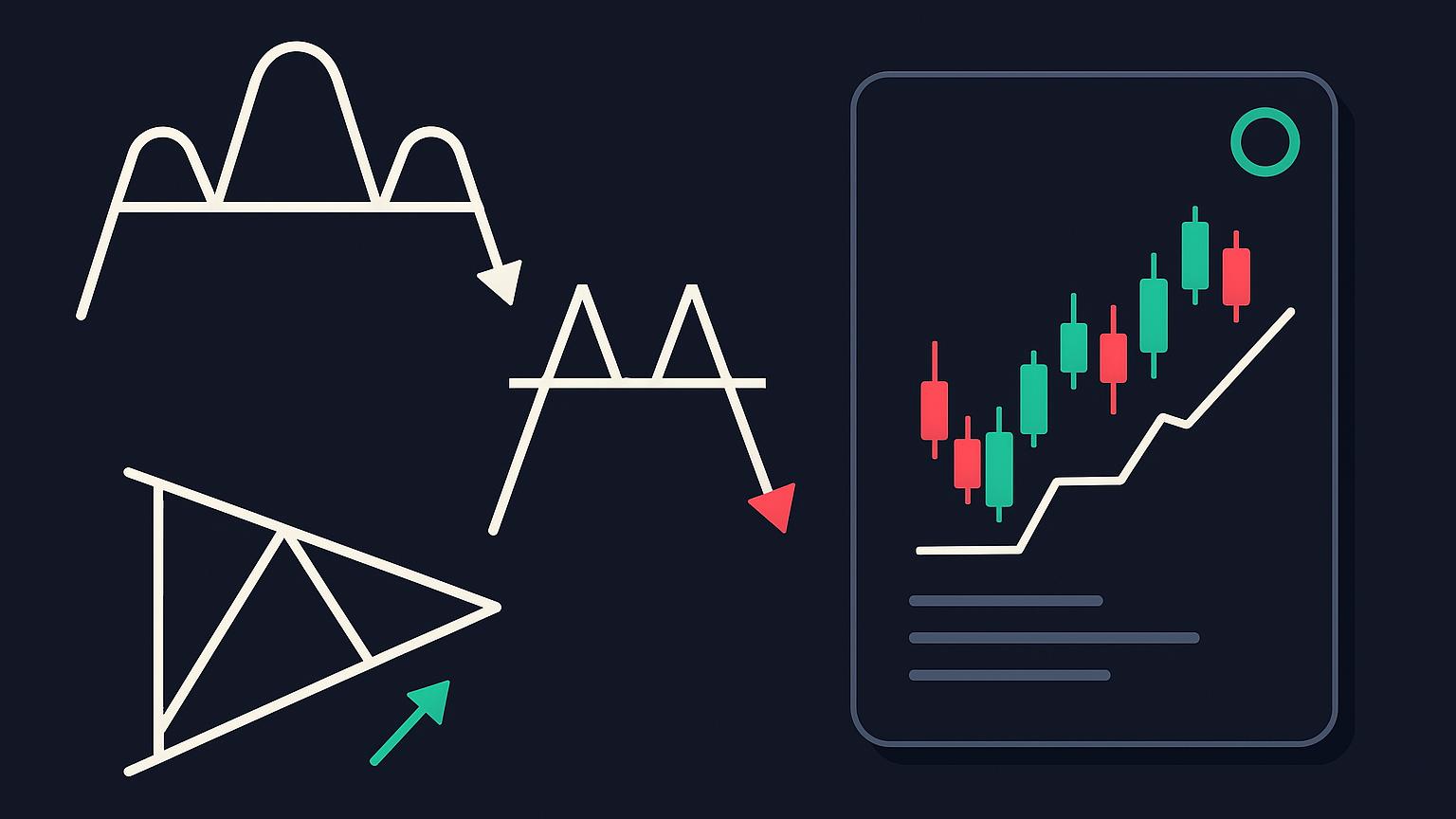Avoid common pitfalls in divergence trading by learning key mistakes, effective risk management, and strategies for accurate signal identification.
- Wrong Price-Indicator Reading: Misinterpreting minor price movements as divergence instead of focusing on clear price extremes.
- Ignoring Higher Timeframes: Overlooking larger trends by focusing only on smaller timeframes, leading to unreliable signals.
- Using Only One Indicator: Relying on a single tool like RSI without confirming signals through volume or trend indicators.
- Poor Risk Management: Skipping stop-losses, overexposing capital, or letting emotions dictate trades.
- Trading Weak Signals: Acting on unclear or low-probability setups instead of waiting for strong confirmations.

Quick Comparison Table
| Mistake | Common Problem | Solution |
|---|---|---|
| Wrong Price-Indicator Reading | Confusing minor fluctuations with divergence | Focus on clear price peaks/valleys and confirm across timeframes |
| Ignoring Higher Timeframes | Missing the larger trend | Use a top-down approach starting with daily/weekly charts |
| Using Only One Indicator | Lack of confirmation | Combine momentum, trend, and volume indicators |
| Poor Risk Management | Overexposure or no stop-loss | Limit risk to 1–2% per trade and use tools like ATR for stop placement |
| Trading Weak Signals | Acting on unclear setups | Focus on high-probability signals with strong technical confirmations |
Divergence Traps Exposed: Filter RSI Divergence Like a Pro
1. Wrong Price-Indicator Reading
One of the most common mistakes traders make is misreading the relationship between price movements and indicators. Many confuse normal market noise with true divergence, focusing on small, insignificant fluctuations instead of clear price extremes.
True divergence happens when there’s a clear mismatch between price action and indicator behavior. For instance, in a bearish divergence, the price reaches a higher high, but the indicator shows a lower high. This distinction is crucial.
Here’s a quick guide to help you spot the difference between proper and improper divergence readings:
| Aspect | Correct Reading | Common Mistake |
|---|---|---|
| Price Swings | Focus on clear price peaks/valleys | Overanalyzing minor price fluctuations |
| Timeframe Alignment | Match indicator peaks with price extremes | Comparing peaks from unrelated periods |
| Trend Context | Factor in the overall market trend | Ignoring the broader market environment |
| Signal Confirmation | Use multiple indicators for confirmation | Acting on a single indicator's signal |
To improve accuracy, consider these three essential checks: volume trends, multi-indicator confirmation, and proper timeframe alignment.
- Volume Trends: A valid divergence signal often comes with decreasing volume as the price hits new extremes. This adds credibility to the signal.
- Indicator Selection: Different indicators serve different purposes. For example, RSI is great for spotting overbought or oversold conditions, while MACD excels at identifying trends.
- Hidden vs. Regular Divergence: Many traders overlook the difference. Regular divergence points to a potential trend reversal, while hidden divergence suggests the trend is likely to continue.
Lastly, always cross-check signals across timeframes. What looks like divergence on a smaller chart might not hold up when viewed on a larger timeframe [6].
2. Missing Higher Timeframe Analysis
Overlooking higher timeframe analysis is one of the most frequent – and costly – mistakes traders make. A study published in Technical Analysis of Stocks & Commodities found that traders who incorporated multiple timeframe analysis into their divergence trading improved their win rate by 27% compared to those who stuck to a single timeframe [4].
How Timeframes Influence Divergence Trading
| Timeframe Level | Purpose |
|---|---|
| Higher (Daily/Weekly) | Identifies trend direction & key levels |
| Intermediate (4H) | Confirms trend & analyzes structure |
| Lower (1H/15min) | Optimizes entry and exit timing |
Start with a Top-Down Approach
Begin with higher timeframes and work your way down. For example, when trading intraday, check the daily chart first to determine the overall trend. A bearish divergence is far more reliable if it aligns with a major resistance level seen on the daily chart.
Filtering Out False Signals
Higher timeframe analysis helps reduce noise. A bullish divergence on a 15-minute chart might seem promising, but it could just be a small retracement in a larger downtrend visible on the 4-hour chart.
To make this process easier, LuxAlgo offers exclusive multi-timeframe toolkits and an AI Backtesting platform that help validate signals across timeframes.
3. Using Only One Indicator
The importance of using multiple timeframes is clear. However, effective divergence trading also relies on confirmation from multiple indicators. Relying on just one indicator can leave you blind to key market dynamics.
Why Use Multiple Indicators?
Combining different types of indicators gives you a broader view of the market. Each type focuses on a specific aspect:
| Indicator Type | Purpose | Examples |
|---|---|---|
| Momentum | Tracks price speed | RSI, Stochastic |
| Trend | Confirms market direction | Moving Averages, ADX |
| Volume | Validates price action | OBV, VWAP |
For instance, you can pair RSI (momentum) with moving averages (trend) and OBV (volume). This combination helps you spot divergence, confirm trends, and ensure volume supports the move. It’s a layered approach that enhances signal accuracy.
LuxAlgo provides an exclusive Oscillator Matrix that integrates oscillators and volume analysis to spot divergence in real time.
Keeping It Simple
Don’t overwhelm yourself with too many indicators. Stick to tools that answer these three questions:
- Is momentum changing?
- Is the trend holding steady?
- Does volume back up the move?
A good strategy often includes a primary divergence indicator, paired with tools for trend and volume confirmation.
Mistakes to Watch Out For
Be careful not to use indicators that overlap in purpose. For example, RSI and Stochastic both measure momentum, so using them together doesn’t add value – it just clutters your analysis [3].
4. Poor Risk Control
Even if you master signal identification, your trading strategy can still fall apart without solid risk management. Research shows that effective risk control can cut maximum drawdowns by 37% while boosting overall returns [3].
The Risk Management Triangle
A strong risk management framework relies on three key components:
| Component | Purpose |
|---|---|
| Stop-Loss | Limits potential losses |
| Position Sizing | Manages exposure to risk |
| Risk-Reward | Ensures trades are profitable |
Stop-Loss Placement
Setting the right stop-loss is essential for divergence trading. A common mistake is placing stops too close to divergence confirmation points, making trades vulnerable to normal market fluctuations. Instead, consider the broader market structure and current volatility.
One effective tool is the Average True Range (ATR), which helps you set stop-loss levels based on how much the market is moving at the moment [1].
Why Position Sizing Is Key
Position sizing plays a huge role in controlling risk, especially when trading multiple divergence setups. Pay attention to correlation risk – trading in markets that move similarly can lead to overexposure, even if the signals look promising.
The Role of Psychological Discipline
Risk management isn't just about numbers; it also requires mental discipline. This is especially important when divergence signals seem to go against the market's momentum. Avoid emotional pitfalls like:
- Chasing losses or removing stop-losses during unfavorable price moves
- Taking excessive risks or ignoring your rules due to fear of missing out (FOMO)
Sticking to your plan, even when it's tough, is what separates successful traders from the rest.
5. Trading Weak Signals
Trading on weak divergence signals might look appealing, but it often leads to inconsistent outcomes. Studies indicate that focusing on these weaker signals can drop win rates by 20-30% compared to sticking with stronger setups [1]. This adds extra challenges to risk management, as outlined in Section 4.
Characteristics and Confirmation Framework
| Aspect | Weak Signals | Strong Signals |
|---|---|---|
| Success Rate | 40-50% | 65-75% |
| Key Features | • Lower timeframes | • Higher timeframes |
| • Small price-indicator gaps | • Noticeable divergence | |
| • Low volume | • High volume confirmation | |
| Market Context | Random conditions | Key support/resistance levels |
This framework builds on the multi-indicator strategy discussed above, but focuses on evaluating the strength of signals.
The Cost of Overtrading
Chasing every minor divergence can drain your account through transaction fees and spreads [1]. These small, frequent losses add up, especially when trading the minor market movements cautioned against in Section 1.
The Patience Premium
"A study by a prominent trading educator showed that traders who focused on strong divergence signals on higher timeframes had a win rate of 65%, compared to only 35% for those trading every minor divergence [2][4]."
Focus on high-quality setups that align with multiple technical factors. Waiting for strong signals, rather than acting on unclear patterns, can improve your trading outcomes significantly.
Mistakes and Solutions Table
This table highlights common mistakes in divergence trading, along with practical solutions and tools to address them. These strategies build on earlier discussions about multi-timeframe analysis and combining indicators.
| Mistake | Common Example | Solution | LuxAlgo Tool |
|---|---|---|---|
| Wrong Price-Indicator Reading | Confusing bullish divergence with bearish when price forms lower lows but RSI shows higher lows | • Practice identifying patterns • Verify signals across multiple timeframes |
Price Action Concepts (PAC) Toolkit for automated pattern detection |
| Missing Higher Timeframe Analysis | Entering a bearish trade on a 15-minute divergence while the daily chart shows an uptrend | • Begin analysis on higher timeframes • Use at least three timeframe levels • Align trades with the main trend |
Multi-Timeframe Analysis feature in Oscillator Matrix (OSC) Toolkit |
| Using Only One Indicator | Depending solely on RSI divergence and ignoring volume confirmations | • Combine momentum indicators • Include volume and price action analysis |
Signals & Overlays (S&O) Toolkit with multiple indicator options |
| Poor Risk Control | Risking 10% of account value on one trade | • Limit risk to 1–2% per trade • Use stop-loss and trailing stops effectively |
Risk Management tools with position sizing calculator |
| Trading Weak Signals | Acting on small divergences in unpredictable markets | • Focus on clear and strong price-indicator gaps | Screener tool for identifying the strongest divergence setups |
Implementation Strategy
Focus on stronger setups that align with multiple technical factors. LuxAlgo’s exclusive Oscillator Matrix simplifies this by highlighting higher timeframe signals through multi-chart analysis.
Real-World Application
Combine this table with the risk management techniques and signal strength guidelines for the best results. LuxAlgo’s exclusive Screener automates the filtering process, while its multi-timeframe toolkits support proper risk management.
Key Points to Remember
To steer clear of common trading mistakes, keep these key principles in mind:
Signal Validation Process
Rely on multiple technical factors to validate signals instead of acting on a single indicator. This layered approach helps improve accuracy and reduces the chances of false signals [1].
Timeframe Hierarchy
Base your trades on the dominant trend identified through multi-timeframe analysis. This ensures your trades align with the market's main direction, addressing the risk of overlooking higher timeframe trends [6][4].
Risk Management Framework
Stick to strict risk limits of 1-2%, with clearly defined stop-loss levels and methods to lock in profits. These measures directly counter the dangers of poor risk management, providing a solid foundation for consistent trading [3][4].
Signal Strength Assessment
Focus on clear divergence patterns supported by multiple technical confirmations. This ensures you're acting on stronger signals, reducing the risk of trading on weak or unreliable setups [1][3].
Psychological Discipline
Technical skills alone aren't enough – discipline plays a huge role in trading success. Build emotional resilience by:
- Avoiding overtrading in unpredictable market conditions
- Waiting patiently for high-probability setups
- Sticking to pre-planned entry and exit strategies
- Keeping detailed trade journals to analyze and improve performance [3][4]
The goal isn't to act on every signal but to focus on the most reliable opportunities while maintaining strict risk controls. This balanced approach, paired with a deep understanding of market behavior, is key to achieving consistent results.
LuxAlgo Oscillator Matrix: Real-Time Divergence Detection
LuxAlgo’s exclusive Oscillator Matrix empowers traders with real-time divergence detection. By analyzing oscillator data alongside market trends, it highlights bullish and bearish divergences as they occur, helping you identify potential trading opportunities instantly. This advanced feature filters out market noise and confirms signals by integrating multiple technical indicators, so you can act with confidence.
Discover how real-time divergence detection can enhance your trading strategy and improve decision-making. For more detailed insights, check out the LuxAlgo documentation.

FAQs
How to trade divergence properly?
To trade divergence effectively, follow this straightforward framework:
Set Up Your Charts
Make sure your charts are clear and easy to read. Use connecting lines to link successive price tops and bottoms, ensuring they align with the indicator's highs and lows. This helps you avoid the common mistakes we discussed earlier [4].
Define Entry and Exit Points
Establish clear rules for entering and exiting trades. Confirm price action before jumping in, use swing points to place your stop-loss orders, and set targets based on nearby support or resistance levels [3]. This ties in with the multi-indicator strategy for better accuracy.
Validate Your Signals
When evaluating trades, keep these key factors in mind:
- Confirm price action before making a move [3].
- Consider the higher timeframe trends discussed above.
- Use nearby support and resistance levels to set realistic targets [7].
Stick to Risk Management
Follow the risk management strategies outlined earlier. Wait for price action confirmation before trading, and ensure your setups align with the overall market structure [3].
Stay Selective
Not every divergence is worth trading. Focus on high-probability setups that match your risk tolerance and fit within your multi-timeframe analysis.
Trading divergence successfully requires consistent application of these steps, disciplined execution, and a strong understanding of the market environment [4].






